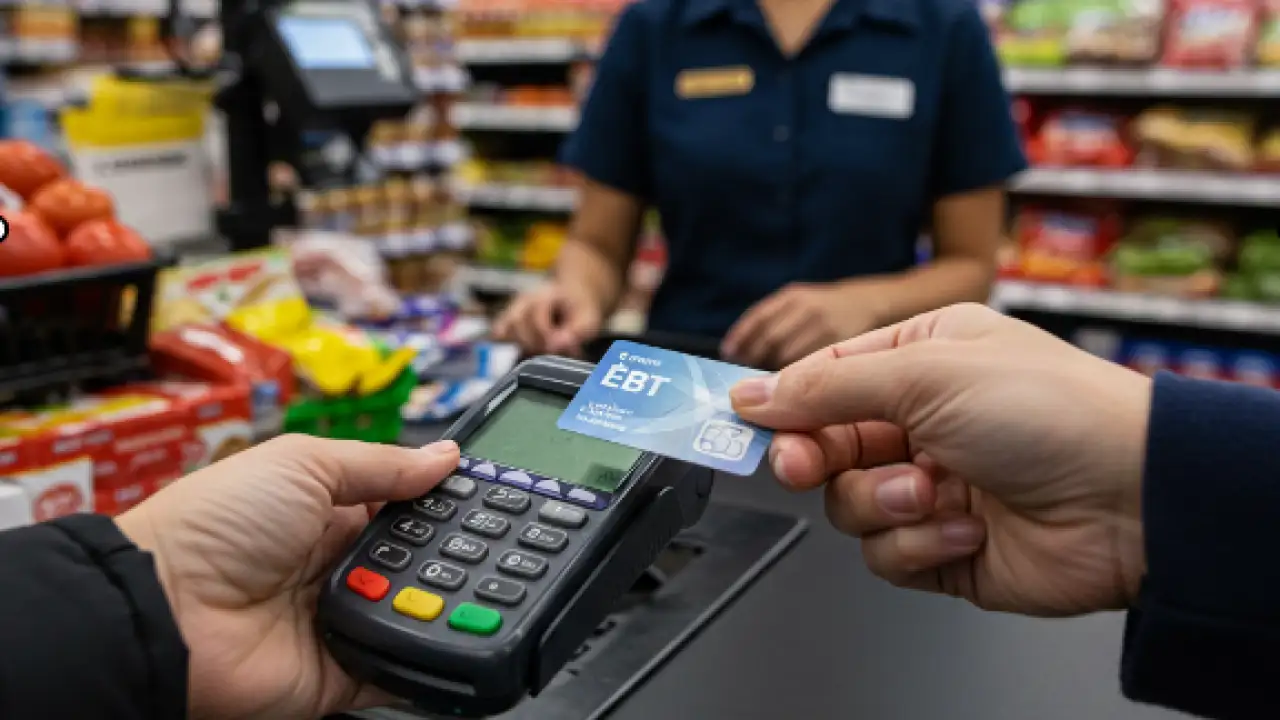What is an EBT Card?
An EBT (Electronic Benefits Transfer) card is a government-issued card that allows recipients of public assistance programs, such as SNAP (Supplemental Nutrition Assistance Program) and TANF (Temporary Assistance for Needy Families), to access their benefits electronically. This card functions similarly to a debit card, enabling users to purchase eligible food items and withdraw cash benefits, depending on the program they are enrolled in.

How Does an EBT Card Work?
The EBT system replaces traditional paper food stamps and welfare checks with an electronic method of fund distribution. Each month, the government loads funds into the recipient’s EBT account, which can be used at authorized retailers, grocery stores, and farmers' markets.
- Swipe the card at a point-of-sale (POS) terminal.
- Enter a secure PIN (Personal Identification Number).
- The transaction amount is deducted from the available balance.
- The remaining balance can be checked via receipts, online portals, or customer service hotlines.
Programs Utilizing EBT Cards
EBT cards are primarily used for the following assistance programs:
- SNAP (Supplemental Nutrition Assistance Program) - Provides food-purchasing assistance for low-income individuals and families.
- TANF (Temporary Assistance for Needy Families) - Offers financial aid that can be used for essential household expenses, including rent and childcare.
- WIC (Women, Infants, and Children) - In some states, EBT cards are used to provide nutritional support for pregnant women, new mothers, and young children.
Eligible and Ineligible Items
EBT cardholders can use their benefits to purchase:
- Fruits and vegetables
- Meat, poultry, and fish
- Dairy products
- Bread and cereals
- Non-alcoholic beverages
- Seeds and plants to grow food
- However, EBT benefits cannot be used to buy:
- Alcohol and tobacco products
- Non-food household items (such as soap, paper products, and pet food)
- Hot prepared foods (in most cases)
- Vitamins, medicines, or supplements
Where Can You Use an EBT Card?
EBT cards are accepted at authorized grocery stores, supermarkets, and select farmers' markets across the U.S. Some states have also introduced online grocery shopping options for EBT users, allowing purchases from major retailers such as Walmart and Amazon.
Advantages of EBT Cards
- Convenience: Transactions are simple, reducing the need for paper vouchers.
- Security: Each transaction requires a PIN, reducing fraud risks.
- Efficiency: Automatic monthly fund deposits eliminate the need for physical check distribution.
- Wide Acceptance: Accepted at thousands of retail locations nationwide.
Related
- Earned Income Tax Credit (EITC) of ,830 in February 2025
- How to Track My EBT Card A Complete Guide
- 2025 SNAP Benefit Updates
How to Apply for an EBT Card
Individuals can apply for EBT benefits through their state’s Department of Human Services or Social Services website. The application process typically includes income verification, proof of residency, and other eligibility assessments.
The EBT card plays a crucial role in supporting low-income families and individuals by ensuring they have access to essential food items and, in some cases, financial assistance. With its secure and efficient electronic system, the EBT program continues to be a vital part of public welfare in the United States.